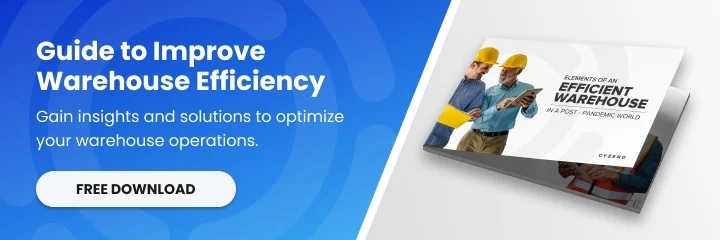Logistics & warehousing are the lifeline of the supply chain. But just like any other business, logistics companies face tough rivalry in the face of looming competition and globalization. So, what can help your business survive and thrive? A sound logistics marketing plan can help.
Click Here: Implement Your Marketing Plan Effectively Using a CRM for Logistics
To create an effective and relevant logistics marketing plan, follow these essential steps:
1. Research
Before creating any marketing materials or strategies, it is important to understand your business and industry environment. For this, some of the most basic yet essential exercises are SWOT & competitive analysis.
S.W.O.T. Analysis
Conducting a SWOT analysis will enable you to evaluate your company’s market position by identifying its strengths and weaknesses (internal factors) and opportunities and threats (external factors).
You can more effectively market your logistics sales services once you have determined the factors that you can leverage (strengths & opportunities) and ones that you should carefully consider and/or avoid (weaknesses & threats). This will give you an edge in achieving your goals and overcoming market obstacles that can hamstring your growth.
These questions will help you put together a simple but effective SWOT analysis.
- Strengths: Where does your logistics company excel, and what sets it apart from the competition? In other words, what makes it special? Why should customers buy from you and not your competitors?
- Weaknesses: What holds your organization back internally, or what factors you can improve? For example, do you lack the financial muscle to hire the best talent, have the best technology, or launch an extensive marketing campaign?
- Opportunities: What external factors can you capitalize on to gain a competitive advantage? For example, one opportunity small organizations have is the capability to personalize their service offerings. They are also nimbler because they don’t have multiple layers of management that need to review every decision.
- Threats: What external factors can harm or hinder your company? For example, are tariffs hurting imports or exports? Or are currency fluctuations impacting manufacturing?
Here’s an example of a SWOT analysis for your reference:
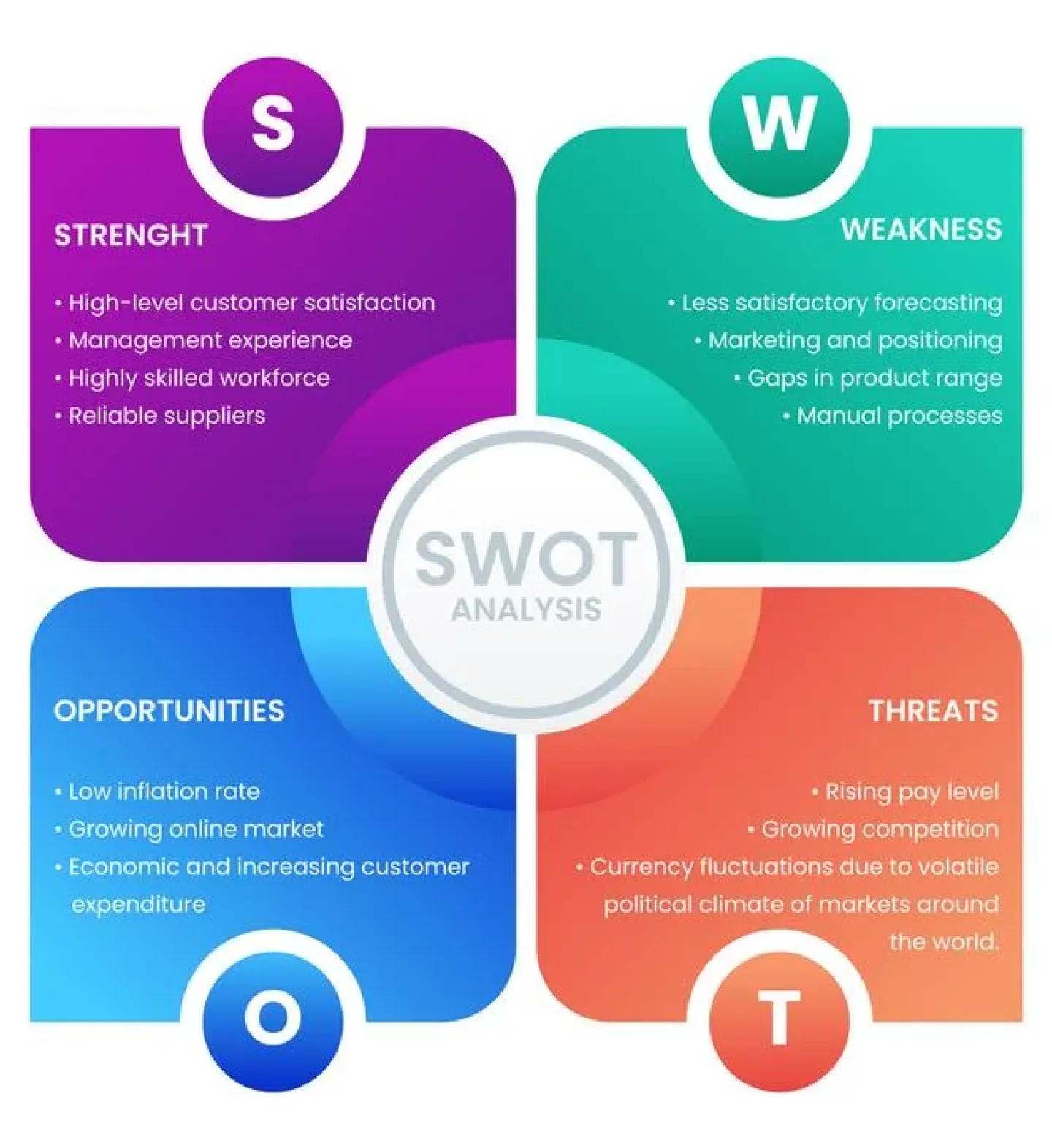
Competitive Analysis
Now that you understand your company’s market position, it is time to determine its direct and indirect competitors. This will help you understand the business’s unique selling proposition (USP) to attract your target market.
An easy way to do a competitive analysis is by making a competition grid. Generate a list of products or services your customers would buy if they didn’t buy yours. Put them on the first row. Judge each product or service, including yours, according to the category on the first column and add it to the grid. Here’s a template you can use to complete your competitive analysis.
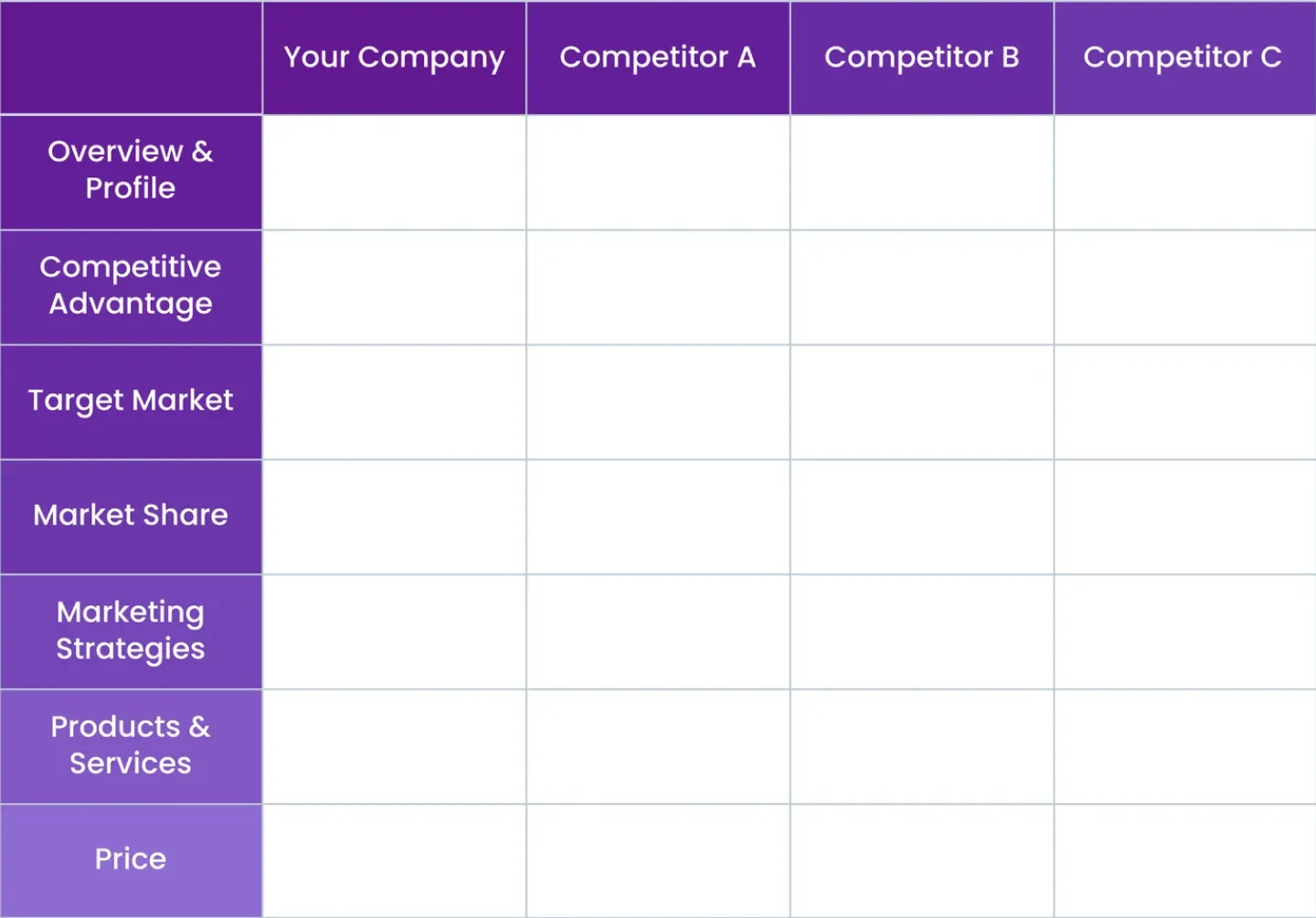
2. Unique Selling Proposition
Now that you have analyzed your market and competitive position, it’s possible to effectively pinpoint your company’s unique selling proposition (USP). This factor will be your differentiator, convincing potential customers to buy from you rather than your competitors.
Your USP (unique selling proposition) does not have to mean having the best product or the lowest price. Your USP might stem from intangible values such as integrity, security, and expertise.
Consider your competitors’ marketing strategies, product characteristics, value propositions, distribution channels, and price structures to align your business with a unique market position. If you successfully equip your business with a clear and well-articulated USP, you can differentiate your company from your competitors and increase your chances of success. Remember, business is about bringing value to the market, which means doing something that few people, if any, are doing or doing it in a unique and clever way.
Examples:
- TOMS: Every shoe purchase gives another pair to a person in need
- M&Ms: The milk chocolate melts in your mouth, not in your hand
- Domino’s Pizza: You get fresh, hot pizza delivered to your door in 30 minutes or less or it’s free
- Cyzerg: Custom warehouse technology solutions that fit your unique needs
- DHL: World market leader in sea and air mail
3. Buyer Personas
Your next step is to define your Buyer Personas.
Buyer Personas are semi-fictional representations of your target market detailing their demographics, behavior patterns, motivations, goals, channels, etc. They are critical in helping you understand how your potential customer thinks about buying and/or consuming your products and services.
Depending on your business, you could have as few as one persona or as many as ten. However, when you have a diverse set of personas, it is best to target fewer and thereby create more stimulating and motivating marketing messages. This is important so you won’t try to satisfy multiple personas with multiple pain points. In marketing, the more specific you can get, the better. Here is an example of a buyer persona:
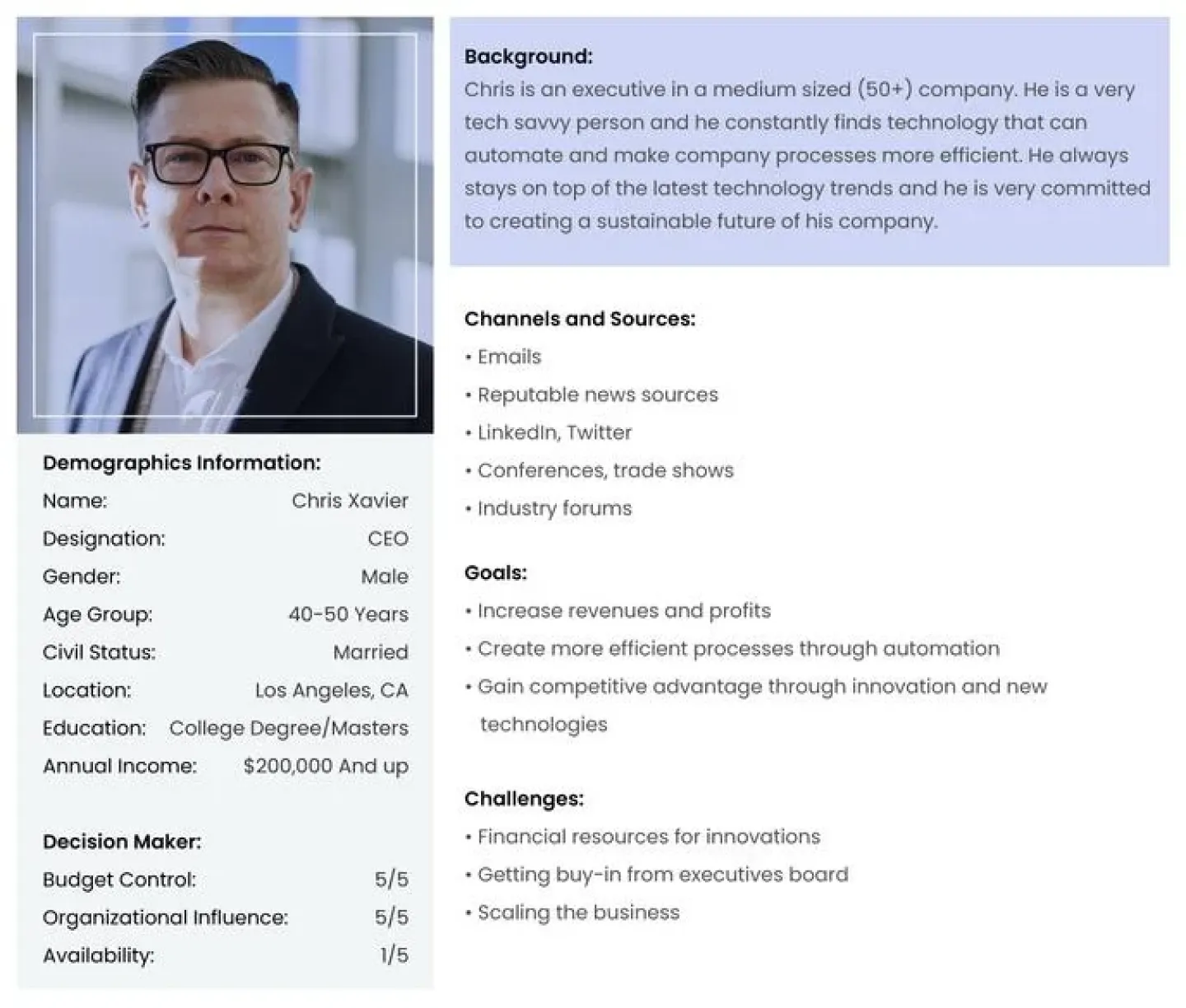
4. Channels
If you have conquered all the above tasks, you are close to having a complete marketing plan. The next step is to define the channels you will use to spread your message and reach your audience.
Marketing channels are platforms, whether online (such as social networks) or offline (such as tradeshows), where your customers can see and hear your marketing messages, promotions, business proposition & value, and more. You can determine which channel to target by understanding where and how your buyer persona consumes information or hangs around (this should be part of your buyer persona’s channels and sources).
Examples of Channels
One of the biggest and fastest-growing ad platforms is social media. For B2B logistics, the more appealing platforms are LinkedIn and Twitter. LinkedIn being a platform for professionals, users are browsing through the platform in a business mindset. Twitter, on the other hand, is used by CEOs and prominent business professionals to converse and create a following, which can be a good opportunity to advertise.
Another effective marketing channel is blogging, which promotes SEO (Search Engine Optimization)—a technique for optimizing web pages to appear closer to the top of results in search engines such as Google, Bing, and Yahoo. Creating content your potential customers want to consume is an effective way to unobtrusively market your brand by exposing your company’s website and service offerings. Because this requires a time investment to produce content and generate organic traffic, speed will not be an advantage of this strategy.
So, these are just some of the digital marketing in logistics. Other channels you can utilize are email, videos, webinars, print ads, and broadcast media.
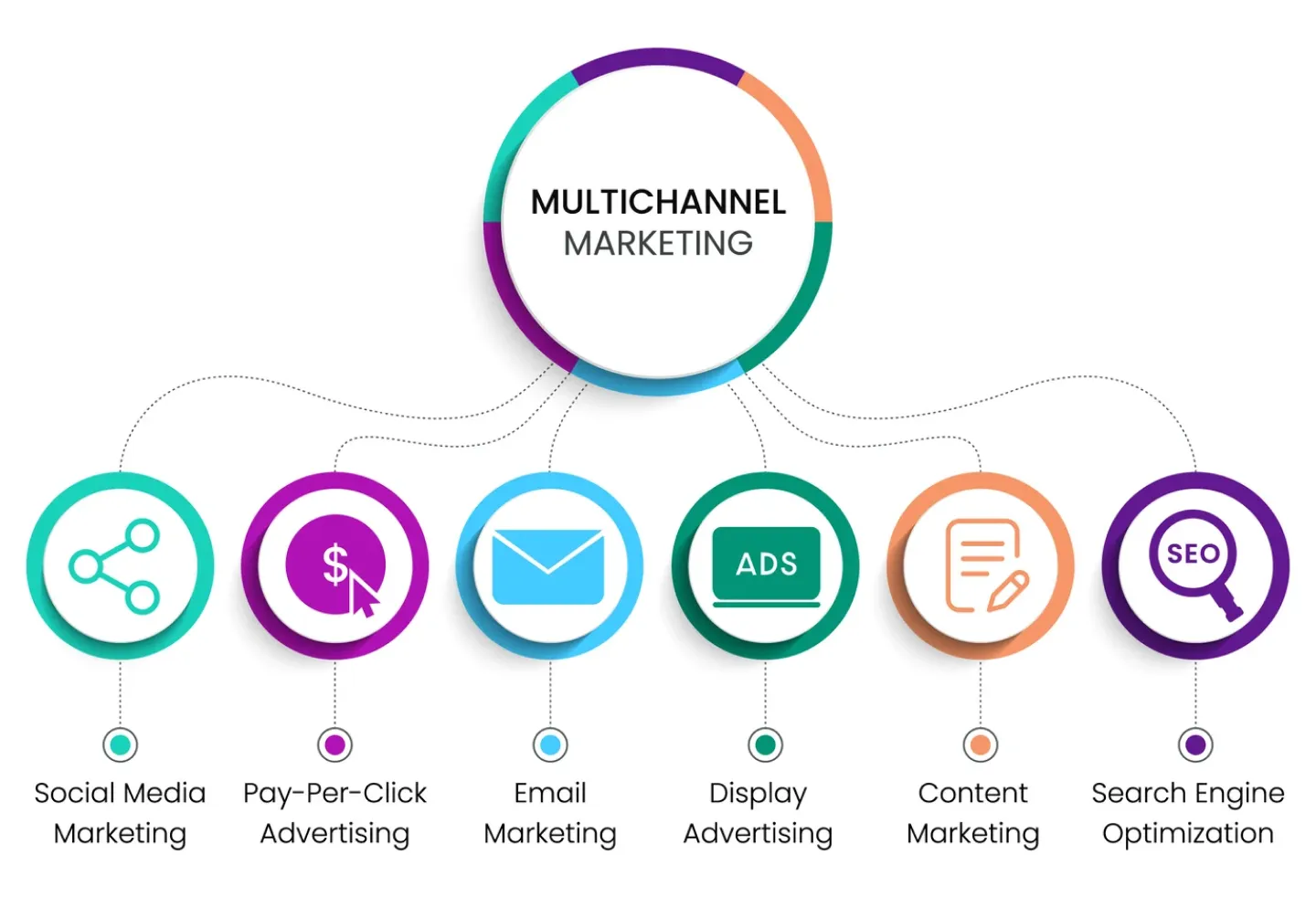
5. Measure
Lastly, as with any business, measuring is standard practice. Remember: If you can’t measure it, you can’t improve it. Without metrics, you will not be able to track what is most effective, what needs improvement, and what’s just not working. There are many software and native ad platforms that can measure your marketing efforts. You can use free built-in tools such as Facebook Page Insights, YouTube Analytics, and Google Analytics to track your website data for free or use powerful paid tools such as HubSpot, Hootsuite, and Hotjar.
Define marketing metrics and key performance indicators (KPIs) to evaluate the performance of your marketing activities. Quickly adjust when plans are not going well while recognizing and retaining effective strategies.
Summary
With a marketing business strategy, planning is just as important as execution. Charging head-on without any research or knowledge about the battle is suicide. Always come prepared and go the extra mile to ensure the success of your endeavors.
If you want more warehouse content, you can follow us on LinkedIn, YouTube, X, or Facebook. You can also message us through our contact page if you have other inquiries.

